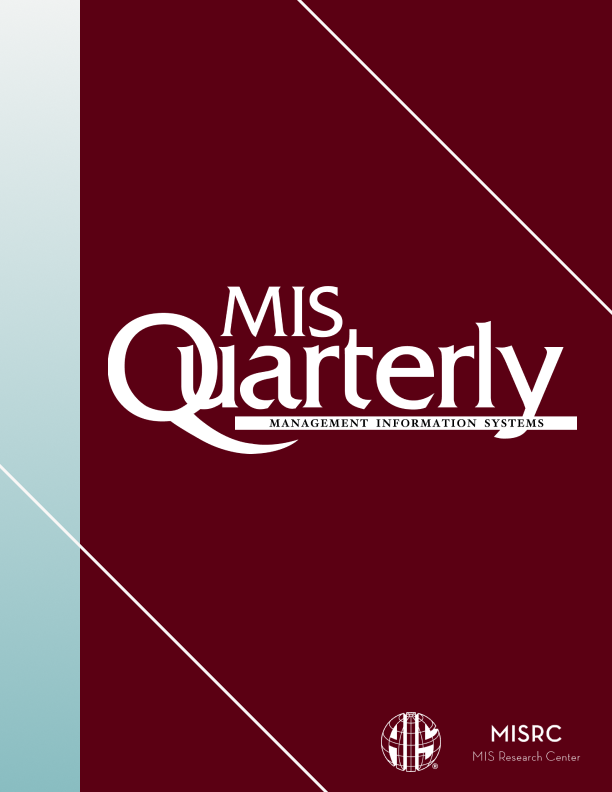Lying for Viewers: Commingled Partisan Falsehoods Increase Viewing and Sharing of News Media
IF 7
2区 管理学
Q1 COMPUTER SCIENCE, INFORMATION SYSTEMS
引用次数: 0
Abstract
Is there an economic incentive for celebrities and well-known media firms to commingle falsehoods into news stories? We conducted five experiments, plus a field validation using secondary data. When presented by celebrities and well-known media firms, a commingled partisan falsehood in an otherwise true news story significantly increased viewing and sharing intentions among politically aligned viewers. The effect was weaker but significant when we replaced the celebrity with an unknown speaker and disappeared when both the celebrity and the well-known firm were replaced by unknowns. This effect was explained by confirmation bias and the viewer’s belief that the falsehood was true. In contrast, a false news story focusing on the same falsehood increased viewing and sharing intentions only when presented by unknowns, with viewers’ belief playing a limited role. The field study found a significantly positive relationship between a commingled partisan falsehood in videos of well-known media firms and actual viewership. We conclude that commingled partisan falsehoods provide a significant viewership increase for celebrities and well-known media firms, creating an economic incentive for lying and posing complex challenges in the fake news era. We discuss the challenges and opportunities in this area for policymakers and media firms.为观众撒谎:混合党派虚假信息增加了新闻媒体的收视率和分享率
#html-body [data-pb-style=ERVUAYG]{justify-content:flex-start;display:flex;flex-direction:column;background-position:left top;background-size:cover;background-repeat:no-repeat;background-attachment:scroll} 名人和知名媒体公司是否有经济动机将虚假信息混入新闻报道?我们进行了五次实验,并利用二手数据进行了实地验证。当名人和知名媒体公司在原本真实的新闻报道中夹杂党派虚假信息时,政治立场一致的观众的观看和分享意愿会显著增加。当我们将名人换成不知名的发言人时,这种效果较弱,但也很明显;而当名人和知名公司都换成不知名的人时,这种效果就消失了。这种效应可以用确认偏差和观众认为假新闻是真的来解释。与此相反,以同样的虚假信息为重点的虚假新闻报道,只有在由未知者呈现时才会增加观看和分享的意愿,而观众的信念所起的作用有限。实地研究发现,知名媒体公司视频中的混合党派假消息与实际收视率之间存在明显的正相关关系。我们的结论是,混合党派虚假信息为名人和知名媒体公司带来了可观的收视率增长,为撒谎行为创造了经济激励,并在假新闻时代提出了复杂的挑战。我们讨论了政策制定者和媒体公司在这一领域面临的挑战和机遇。
本文章由计算机程序翻译,如有差异,请以英文原文为准。
求助全文
约1分钟内获得全文
求助全文
来源期刊

Mis Quarterly
工程技术-计算机:信息系统
CiteScore
13.30
自引率
4.10%
发文量
36
审稿时长
6-12 weeks
期刊介绍:
Journal Name: MIS Quarterly
Editorial Objective:
The editorial objective of MIS Quarterly is focused on:
Enhancing and communicating knowledge related to:
Development of IT-based services
Management of IT resources
Use, impact, and economics of IT with managerial, organizational, and societal implications
Addressing professional issues affecting the Information Systems (IS) field as a whole
Key Focus Areas:
Development of IT-based services
Management of IT resources
Use, impact, and economics of IT with managerial, organizational, and societal implications
Professional issues affecting the IS field as a whole
 求助内容:
求助内容: 应助结果提醒方式:
应助结果提醒方式:


